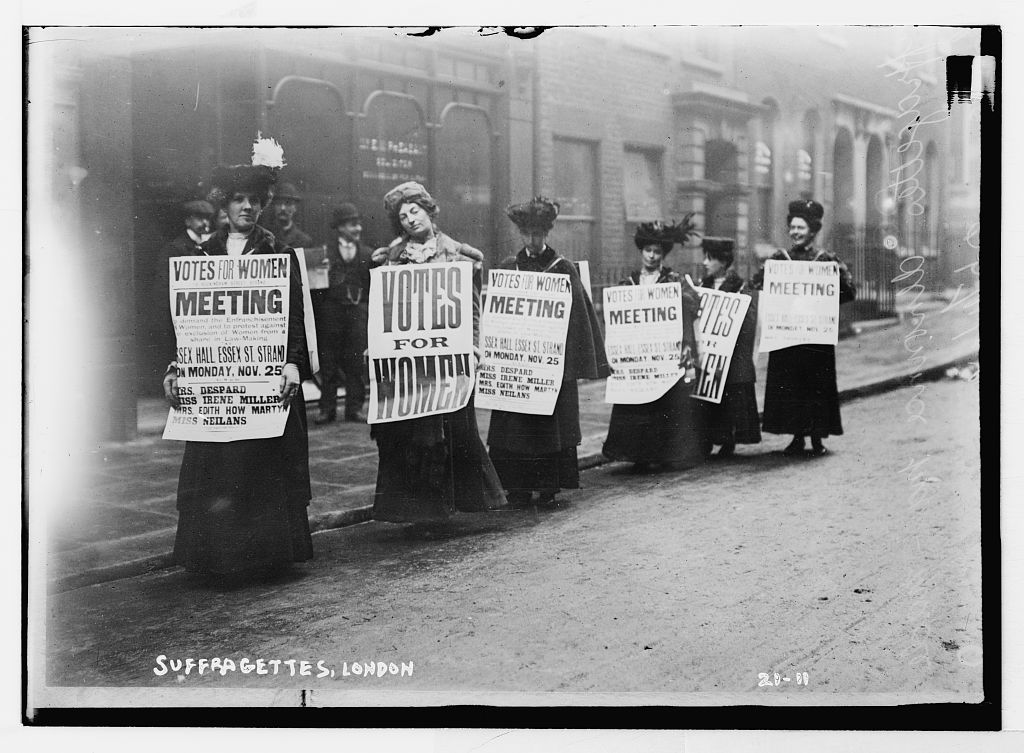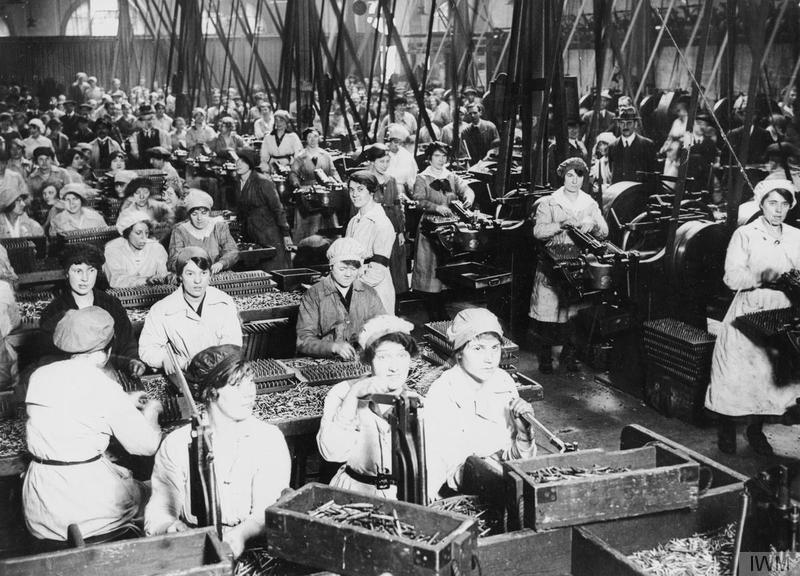The 100th anniversary of women voting in the UK was officially celebrated on 10 June, but not everyone knows that it took another ten years for women to obtain complete electoral equality with men.
The Representation of the People Act (1918) gave women over the age of 30 who owned a property the right to vote. The Equal Franchise Act (1928) extended the right to vote for ALL women over 21, as it was for men.
The Equal Franchise Act was approved on 2 July 1928, 90 years ago today. This is the story of how it happened.
How the First World War Changed Everything
Women at work in a munition factory, 1918. Image Credit: Imperial War Museum/Wikimedia
Before 1918, no women had the right to vote in the UK. Since 1884, only men who owned £10 worth of property, or who were paying an annual rent of £10, could vote. This meant that approximately 40% of the male electorate were denied the right to vote – so universal suffrage was still far from a reality.
Towards the end of the First World War, however, millions of soldiers were coming home who, despite their service to their country, were not eligible to vote. A general election was now imminent: the last one had been eight years earlier in 1910, before all political activities were suspended due to the war.
It was in this context that Parliament approved the Representation of People Act (1918), which extended the right to vote to all men aged over 21, regardless of property requisites.
During the First World War, women made a significant contribution to the war effort. As men left their jobs to fight, women took their places and made sure that the country continued to run effectively. Women also worked in the munitions and weapons industries to support the war effort.
Women had gained a new public recognition. Together with the work done by the suffragettes before the war, this led to the first women’s suffrage. The Representation of People Act (1918) gave the right to vote to women aged 30 and over who owned a property worth at least £5, or whose husband did.
All in all, the electorate grew from 5 million to over 12 million, but women’s rights were still inferior to men’s. It was an important landmark, but not the end of the fight.
The Battle Goes On
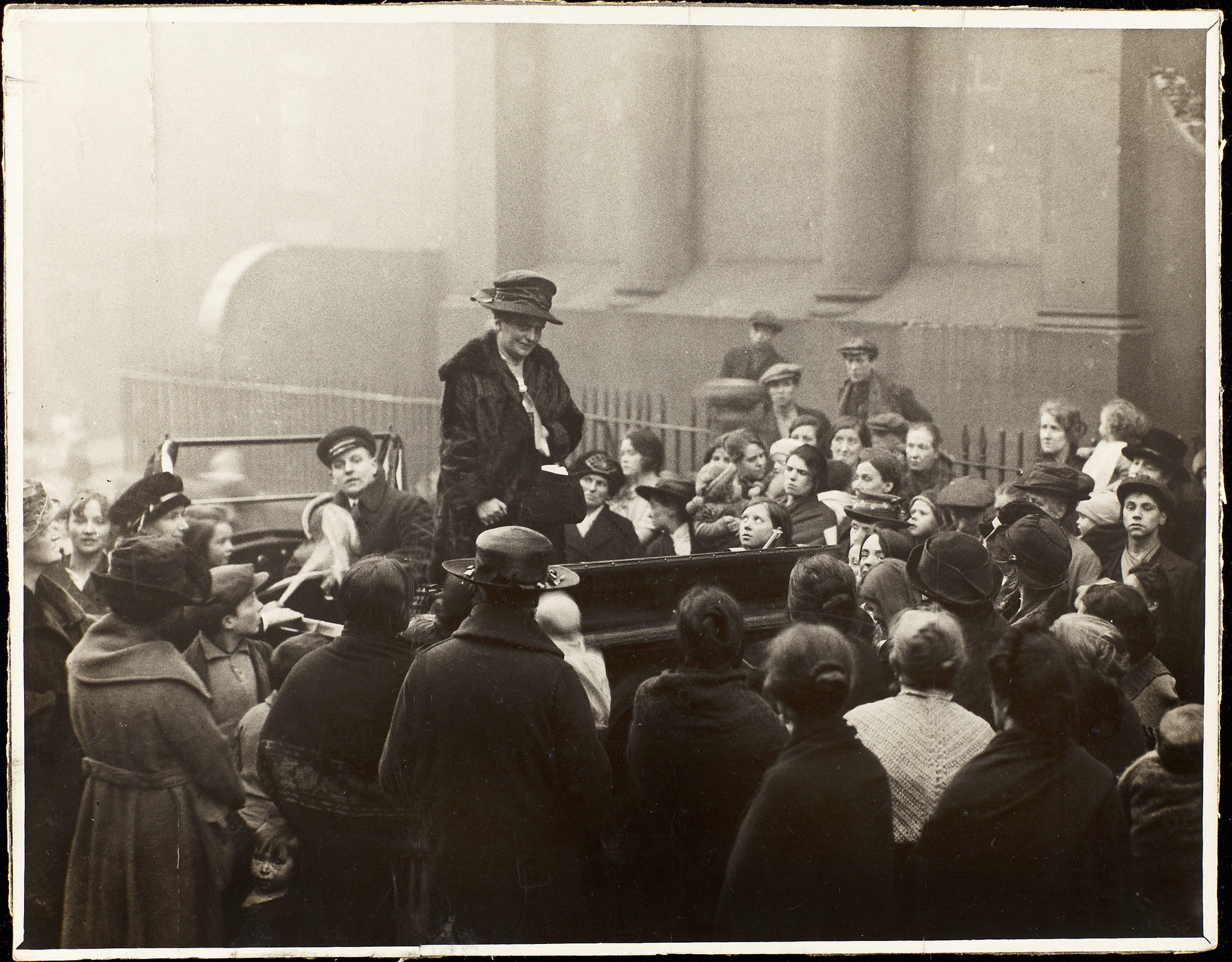
Eleanor Rathbone in 1922. Image Credit: LSE Library/Flickr
In the December 1918 general election, only one female candidate, Costance Markiwicz, was elected. However, she was a member of Sinn Fein and therefore refused her seat.
The following year Nancy Astor became the first female MP, representing the Sutton division of Plymouth in the House of Commons. She was a Conservative and had not taken part in the suffrage movement.
In the same year, the Sex Disqualification Removal Act (1918) made it illegal to exclude women from jobs because of their gender. Ada Summers became the first woman to sit as a magistrate.
After 1918, the women suffrage movement itself changed a great deal. A new organisation called the National Union of Societies for Equal Citizenship was established, and Millicent Fawcett was succeeded by Eleanor Rathbone as President.
The new organisation campaigned to address a series of women’s issues, asking for equal pay, equal sex moral standards, pensions for civilian widows with children, equality in the legal status of mothers and fathers as guardians of their children and, obviously, equal voting rights.
The new organisation was very close to the Labour party, whose 1923 manifesto said: “Labour stands for equality between men and women: equal political and legal rights, equal rights and privileges in parenthood, equal pay for equal work.” The election resulted in a hung parliament and soon afterwards Labour were in power for the first time; but they failed to guarantee equal voting rights to women.
When it finally happened in 1928, many of the women who had fought for it had died, including Emmeline Pankhurst, who died less than a month before the Equal Suffrage Act was approved. But Millicent Fawcett was still alive, and that day she wrote in her diary: “It is almost exactly 61 years ago since I heard John Stuart Mill introduce his suffrage amendment to the Reform Bill on May 20th, 1867. So I have had extraordinary good luck in having seen the struggle from the beginning.”
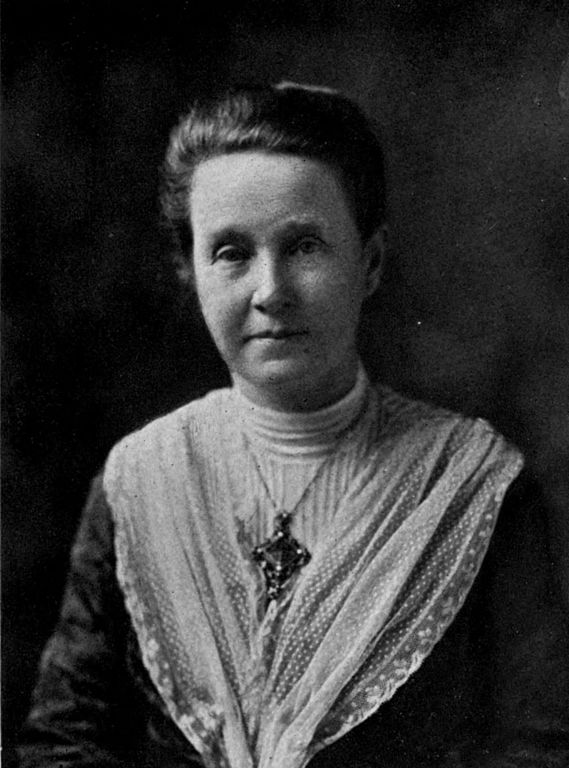
Millicent Fawcett in 1918. Image Credit: Mabel Potter Daggett/Wikimedia
She was referring to a famous speech made in the House of Commons by philosopher John Stuart Mill, in which he presented the first mass petition in favour of women’s suffrage.
“Can it be pretended that women who manage an estate or conduct a business, who pay rates and taxes, often to a large amount, and frequently from their own earnings, many of whom are responsible heads of families (…) are not capable of a function of which every male householder is capable?” he said.
61 years before, it had sounded revolutionary; now it was real.
Can it be pretended that women who manage an estate or conduct a business, who pay rates and taxes … are not capable of a function of which every male householder is capable?
Philosopher John Stuart Mill
Where Does the UK Stand Now on Women’s Rights?
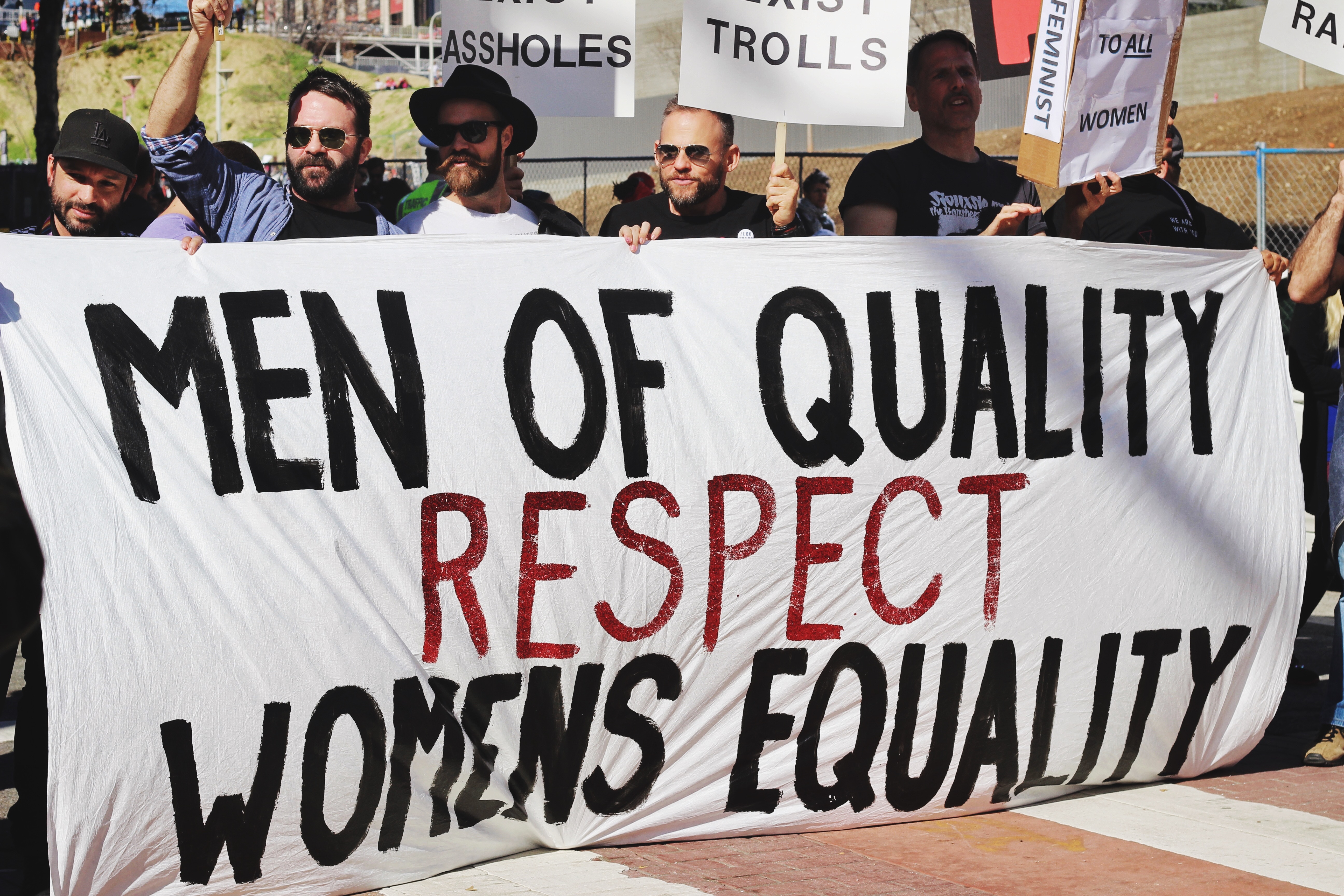
Image Credit: Samantha Sophia/Unsplash
At the 2017 general election, 69% of women who were registered to vote did so – this matched the turnout for men. A record high of female MPs (208) were elected, out of the 973 female candidates.
The UK scored 71.5 out of 100 in the Gender Equality Index 2017 (the fifth country in Europe). But it was also one of the very few countries whose score had not changed significantly compared to ten years before, implying that little progress had been made in tackling gender inequality.
2018 gender pay gap data indicates that 78% of companies still pay men more than women, with a national median pay gap of 18.4%. These figures do not tell us whether women are paid less than men to do the same jobs, but they certainly do reveal that men tend to occupy all the higher-paid jobs.
Women achieved equal voting rights 90 years ago. Substantive socio-economic equality with men, however, remains an aspiration rather than a reality for women in the UK. While there is good cause to celebrate the achievements of women’s rights campaigners, much work remains to be done.

